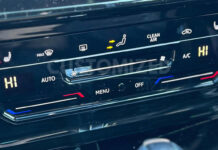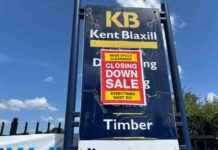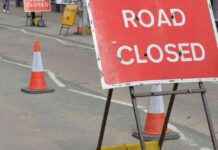Cycle activists in Colchester are pushing for better management of car traffic in the High Street area, amidst a debate over a controversial cycle lane. The Colchester High Steward, Sir Bob Russell, has raised concerns about congestion in Head Street, pointing to the cycle lane constructed earlier this year as a contributing factor.
Sir Bob conducted a detailed observation over a 12-hour period at the junction connecting Head Street, North Hill, and the High Street. He noted that the cycle-only green traffic light, which operates automatically, allows cyclists to access the High Street or the cycle lane in Head Street. However, Sir Bob observed that the light turned green around 40 times per hour, with only an average of three cyclists passing through each hour.
During his observation, Sir Bob counted a total of 36 cyclists in the 12-hour period, while the cycle-only traffic light showed approximately 480 times. He also highlighted that the green light stays on for about 20 seconds, totaling around 13 minutes every hour.
Moreover, Sir Bob criticized the completion of the cycle lane, which was delayed by ten weeks and exceeded the budget by £140,000. He emphasized the need for better control over the cycle-only green light, suggesting manual activation only when a cyclist is present.
In response to these concerns, Will Bramhill from the Colchester Cycling Campaign emphasized the importance of cycleways in providing transportation options. He suggested potential solutions to alleviate congestion in Head Street, such as timed deliveries or implementing an electric cargohopper system.
On the other hand, Essex County Council defended the cycle lane as part of their long-term strategy to offer residents alternative transportation choices. They highlighted the safety benefits of the cycle facility in encouraging people of all ages and abilities to cycle with confidence. Despite initial challenges, the council reported a growing number of cyclists using the lane and receiving positive feedback from the public.
Essex Highways acknowledged a technical issue with a sensor detecting cyclists at the traffic lights and assured ongoing efforts to address it promptly. They also clarified that the funding for the cycle lane was specifically allocated for active travel initiatives and could not have been redirected to other road maintenance projects.
As the debate continues over the effectiveness of the cycle lane and its impact on traffic flow, stakeholders are encouraged to collaborate on solutions that prioritize safety, efficiency, and sustainability in Colchester’s transportation network.













